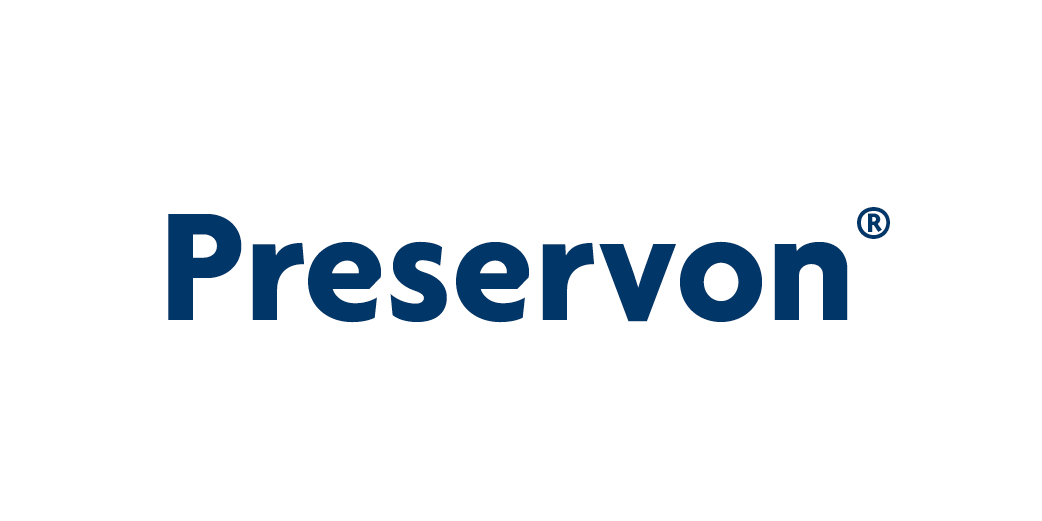Resources
Technologies
The safety and quality of allograft bio-implants are critical to physicians and their patients. As a leading regenerative medicine company, LifeNet Health has developed a full suite of technologies to ensure these needs are met with every bio-implant we provide.
LifeNet Health offers four allograft bio-implant technologies every surgeon should take note of:

Sterility without compromising implant quality.
Allowash XG provides the security of medical device-grade sterility while protecting the inherent properties of allograft tissue. Low-dose gamma irradiation, administered at ultra-low temperatures after graft processing, renders a Sterility Assurance Level (SAL) of 10-6 without harming the biomechanical and biochemical integrity of the implants.
- Peer-Reviewed Publications
-
Moore MA. Inactivation of enveloped and non-enveloped viruses on seeded human tissues by gamma irradiation. Cell Tissue Bank. 2012 Aug;13(3):401-7. doi: 10.1007/s10561-011-9266-0
Samsell BJ, Moore MA. Use of controlled low dose gamma irradiation to sterilize allograft tendons for ACL reconstruction: biomechanical and clinical perspective. Cell Tissue Bank. 2012 Jun;13(2):217-23. doi: 10.1007/s10561-011-9251-7
Balsly CR, Cotter AT, Williams LA, Gaskins BD, Moore MA, Wolfinbarger L Jr. Effect of low dose and moderate dose gamma irradiation on the mechanical properties of bone and soft tissue allografts. Cell Tissue Bank. 2008 Dec;9(4):289-98. doi: 10.1007/s10561-008-9069-0
Tejwani SG, Chen J, Funahashi TT, Love R, Maletis GB. Revision Risk After Allograft Anterior Cruciate Ligament Reconstruction: Association With Graft Processing Techniques, Patient Characteristics, and Graft Type. Am J Sports Med. 2015 Nov;43(11):2696-705. doi: 10.1177/0363546515589168
Holtzclaw D, Toscano N, Eisenlohr L, Callan D. The safety of bone allografts used in dentistry: a review. J Am Dent Assoc. 2008 Sep;139(9):1192-9. doi: 10.14219/jada.archive.2008.0334
Greaves LL, Hecker AT, Brown CH Jr. The effect of donor age and low-dose gamma irradiation on the initial biomechanical properties of human tibialis tendon allografts. Am J Sports Med. 2008 Jul;36(7):1358-66. doi: 10.1177/0363546508314394
Rihn JA, Irrgang JJ, Chhabra A, Fu FH, Harner CD.Does irradiation affect the clinical outcome of patellar tendon allograft ACL reconstruction? Knee Surg Sports Traumatol Arthrosc. 2006 Sep;14(9):885-96. Doi: 10.1007/s00167-006-0036-7

A hospitable scaffold with minimal risk of immune response.
The Matracell process — utilized in cardiovascular, placental and dermal allografts — yields a strong, acellular scaffold that facilitates cell proliferation, cell migration and vascularization. Only tissue processed with Matracell technology meets the threshold of being truly decellularized, minimizing the possibility of an immune response.
- Peer-Reviewed Publications
-
Agrawal H, Tholpady SS, Capito AE, Drake DB, Katz KJ. Macrophage phenotypes correspond with remodeling outcomes of various acellular dermal matrices. Open Journal of Regenerative Medicine. 2012;1(3):51-59. Doi: 10.4236/ojrm.2012.13008
Capito AE, Tholpady SS, AgrawalH, Drake DB, Katz AJ. Evaluation of host tissue integration, revascularization, and cellular infiltration within various dermal substrates. Annals of Plastic Surgery. 2012. 68(5): 495-500. Doi: 10.1097/SAP.0b013e31823b6b01
Hopkins RA, Lofland GK, Marshall J, Connelly D, Acharya G, Dennis P, Stroup R, McFall C, O'Brien JE Jr. Pulmonary arterioplasty with decellularized allogeneic patches. Ann Thorac Surg. 2014 Apr;97(4):1407-12. doi: 10.1016/j.athoracsur.2013.12.005
Moore MA, Samsell B, Wallis G, Triplett S, Chen S, Jones AL, Qin X. Decellularization of human dermis using non-denaturing anionic detergent and endonuclease: a review. Cell Tissue Bank. 2015 Jun;16(2):249-59. doi: 10.1007/s10561-014-9467-4
Beitzel K, McCarthy MB, Cote MP, Russell RP, Apostolakos J, Ramos DM, Kumbar SG, Imhoff AB, Arciero RA, Mazzocca AD. Properties of biologic scaffolds and their response to mesenchymal stem cells. Arthroscopy. 2014 Mar;30(3):289-98. doi: 10.1016/j.arthro.2013.11.020
Crapo PM, Gilbert TW & Badylak SF. An overview of tissue and whole organ decellularization processes. Biomaterials. 2011 April;32(12):3233-3243. Doi: 10.1016/j.biomaterials.2011.01.057

Optimized osteoinductivity to support bone healing.
PAD technology precisely manages the demineralization process to achieve the ideal residual calcium for optimal osteoinductive potential. Unlike other demineralization methods, our process ensures consistent results and does not denature the growth factors.
- Peer-Reviewed Publications
-
Zhang M, Powers RM Jr, Wolfinbarger L Jr. Effect(s) of the demineralization process on the osteoinductivity of demineralized bone matrix. J Periodontol. 1997 Nov;68(11):1085-92. doi: 10.1902/jop.1997.68.11.1085
Turonis JW, McPherson JC 3rd, Cuenin MF, Hokett SD, Peacock ME, Sharawy M. The effect of residual calcium in decalcified freeze-dried bone allograft in a critical-sized defect in the Rattus norvegicus calvarium. J Oral Implantol. 2006;32(2):55-62. doi: 10.1563/780.1
Miron RJ, Zhang Q, Sculean A, Buser D, Pippenger BE, Dard M, Shirakata Y, Chandad F, Zhang Y. Osteoinductive potential of 4 commonly employed bone grafts. Clin Oral Investig. 2016 Nov;20(8):2259-2265. doi: 10.1007/s00784-016-1724-4
Wei L, Miron RJ, Shi B, Zhang Y. Osteoinductive and Osteopromotive Variability among Different Demineralized Bone Allografts. Clin Implant Dent Relat Res. 2015 Jun;17(3):533-42. doi: 10.1111/cid.12118
McLean JB, Carter N, Sohoni P, Moore MA. Cell attachment and osteoinductive properties of tissue engineered, demineralized bone fibers for bone void filling applications. Clinical Implementation of Bone Regeneration and Maintenance, IntechOpen. 2021. doi:10.5772/intechopen.88290
Herold RW, Pashley DH, Camuenin MF, Niagro F, Hokett SD, Peacock ME, Mailhot J, Borke J. The effects of varying degrees of allograft decalcification on cultured porcine osteoclast cells. J Periodontol. 2002 Feb;73(2):213-9. doi: 10.1902/jop.2002.73.2.213

Ambient storage without brittleness or rehydration.
Preservon enables room-temperature storage of pre-hydrated grafts, eliminating both the time associated with rehydration and the brittleness of other room-temperature storage methods. The result is unsurpassed convenience and reliability.
- Peer-Reviewed Publications
-
Samsell B, Softic D, Qin X, McLean J, Sohoni P, Gonzales K, Moore MA. Preservation of allograft bone using a glycerol solution: a compilation of original preclinical research. Biomater Res. 2019 Feb 13;23:5. doi: 10.1186/s40824-019-0154-1
Rodway I, Gander J. Comparison of Fusion Rates between Glycerol-Preserved and Frozen Composite Allografts in Cervical Fusion. Int Sch Res Notices. 2014 Oct 28;2014:960142. doi: 10.1155/2014/960142
Graham RS, Samsell BJ, Proffer A, Moore MA, Vega RA, Stary JM, Mathern B. Evaluation of glycerol-preserved bone allografts in cervical spine fusion: a prospective, randomized controlled trial. J Neurosurg Spine. 2015 Jan;22(1):1-10. doi: 10.3171/2014.9.SPINE131005
Bertasi G, Cole W, Samsell B, Qin X, Moore M. Biological incorporation of human acellular dermal matrix used in Achilles tendon repair. Cell Tissue Bank. 2017 Sep;18(3):403-411. doi: 10.1007/s10561-017-9628-3